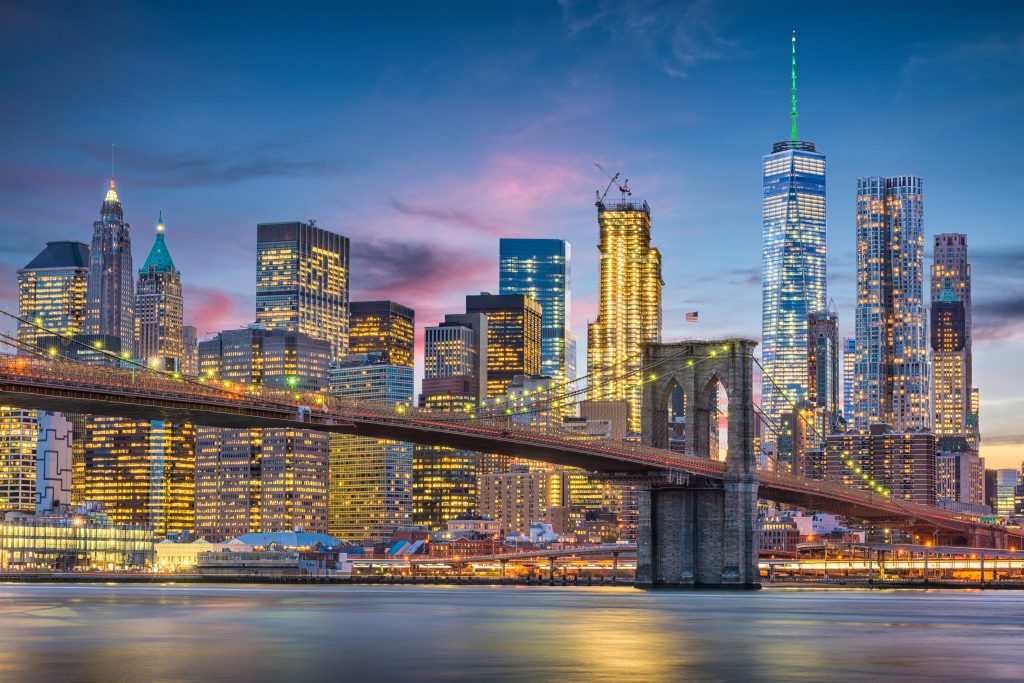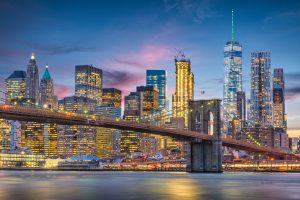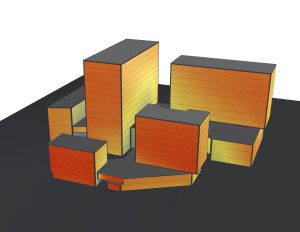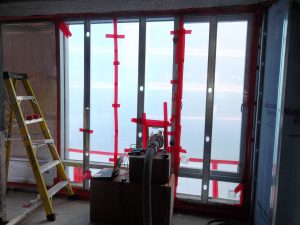Understanding New York City’s Green New Deal and Updated Energy Code

On 12 May 2020, the updated New York City Energy Conservation Code (NYCECC) will go into effect with several significant changes. Notably, the energy code takes steps as part of the city’s Green New Deal legislation efforts to meet the demands of climate change. These requirements represent major progress for the city’s carbon reduction goals by driving greater efficiency for new construction and substantially renovated buildings, which account for most of the city’s greenhouse gas emissions.
These changes make New York City’s code one of the most stringent in the country. The code affects many aspects of building design and construction, including mechanical and lighting systems, and represents substantial and wide-reaching changes for envelope design. It is important for building owners and project stakeholders to be aware of what is changing and understand what is required to meet the new code moving forward.
New York City Energy Conservation Code: What's Changed?
The new code was developed from the New York State stretch energy code (which is based on the 2018 edition of the International Energy Conversation Code and ASHRAE Standard 90.1-2016) and has been amended to include more stringent requirements based on the advice and recommendations of the city’s Technical Advisory Committee. The new code adds requirements to meet the unique needs of New York City’s urban environment and market.
Some of the more substantial changes relate to building envelope systems. Among those changes, the new code:
- Improves building thermal envelope requirements for opaque and fenestration assemblies
- Adds separate thermal performance requirements for fenestration based on height of the building (above or below 95 feet)
- Adds a definition for spandrels and a table to determine thermal performance for spandrel assemblies
- Requires balconies and parapets to be continuously insulated
- Expands whole-building air testing requirements, documentation of air-barrier continuity in the drawings, and testing and inspection for air barriers during construction
- Requires documentation of thermal bridges in the envelope
- Sets thermal envelope performance thresholds for buildings that choose to comply with the code using energy models
- Thermal modeling
- Air leakage testing
Why Is the New Code Changing?
New York City has set ambitious goals to reduce its carbon emissions. In 2019, New York City Mayor Bill de Blasio unveiled a $14 billion plan, called OneNYC 2050, as an update to the city’s ongoing sustainability programs. The plan introduces several goals and initiatives for New York City to confront the impacts of climate change and economic inequality and improve the city’s infrastructure by the year 2050. One part of the plan, the Climate Mobilization Act, aims to achieve carbon neutrality by 2050, in part by pursuing deep cuts in emissions across all buildings and infrastructure.
With the new NYCECC, the city aims to dramatically increase the efficiency of new and renovated buildings by reducing air leakage and energy consumption.

Adapting to the new code may cause challenges and delays for ongoing projects, but the new requirements will lead to more efficient buildings that reduce energy costs in the long run.
Who Does this Affect?
The NYCECC changes apply to new commercial and residential buildings, as well as certain aspects of building renovations and expansions.
For current projects, building owners and project stakeholders need to be aware of when their designs are filed for approval by the city. Designs filed prior to 12 May 2020 can continue to meet the 2016 code. Designs filed on or after 12 May 2020 must meet the new 2020 NYCECC. This can have significant cost and schedule impacts for projects currently in design, as the stringency of new requirements in the 2020 code could mean major changes to building envelope, lighting, and mechanical systems necessary for compliance.
Moving forward, it is important to become familiar with these code changes and how they affect new design and renovation projects.
What's Next?

Photo by Sean Pavone/iStockphoto
These changes represent a major shift in how we design and construct buildings in New York City. Adapting to the new code may cause challenges and delays for ongoing projects, but the new requirements will lead to more efficient buildings that reduce energy costs in the long run. Building owners and project stakeholders should seek the advice and guidance of building envelope consultants to ensure that new and renovated buildings meet the new code and apply best practices for design, testing, and construction.

